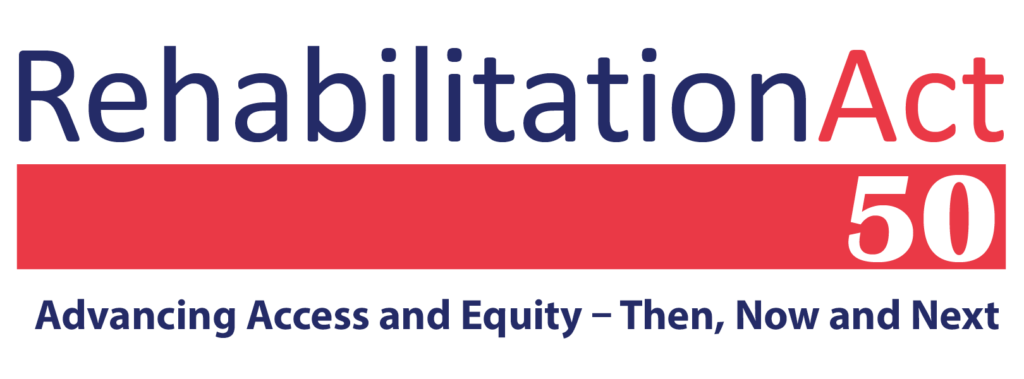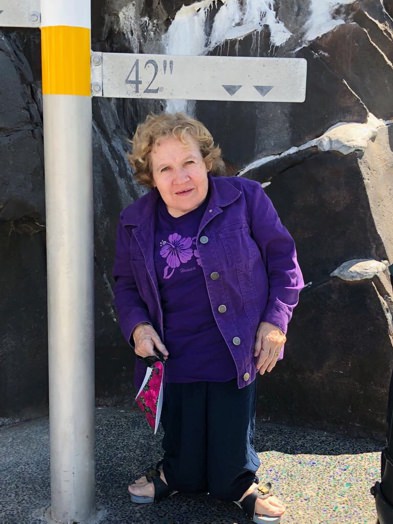
Debates, fundraising, polling, and campaigning confirm that America is full swing into election season. And there’s another year before the general election on November 5, 2024! Who knows what controversies will arise between now and then.
The 2000 presidential election controversy instigated passage of the Help America Vote Act on October 29, 2002. The law funded replacement of outmoded voting equipment and created the Election Assistance Commission.
Want to subscribe to receive blog updates sign up today!
Under a lesser known provision, States and local governments can receive payments to make polling places accessible to individuals with disabilities and train election officials, poll workers, and volunteers on how best to promote access and participation of people with disabilities in federal elections. (Discussed in Chapter 17 of my book, Always an Advocate, https://angelamuirvanetten.com/always-an-advocate/.)
But none of these reforms winnow the field to the candidate that will truly represent the interests of their constituency. Even though candidates bend over backwards to identify with potential voters by sharing details of their family, education, employment, gender, and race, how many candidates identify with disability? Very few. So let’s add another help to encourage people with disabilities to vote—more candidates with disability lived experience.
This post shares details of four people with dwarfism who serve as candidate role models.
Lee Kitchens—a dwarf with Spondyloepiphyseal Dysplasia—was a two-term alderman and five-term mayor of Ransom Canyon, Texas where City Hall is situated on 24 Lee Kitchens Drive! His Bachelor of Science in Electrical Engineering took him to a distinguished career with Texas Instruments and teaching at Texas Tech University. He twice served as Little People of America President and co-founded the Coalition of Texans with Disabilities.
Joe Roach—a dwarf with Achondroplasia—a three-term Houston city councilor, was the first dwarf elected to office in a major American city. Prior to his election, Joe was an acclaimed prosecutor in the Harris County District Attorney’s Office. He wanted to be known as a good council member or a bad council member not as a “Republican midget,” as an affirmative action program manager called him; she was rebuked with a 3-day suspension without pay.
Tony Soares—a dwarf with Achondroplasia—served on the Hoboken, New Jersey, City Council for eight years. He was elected while working as an advertising executive and defeated an opponent who didn’t take him seriously. He founded and led Hoboken’s Reform movement and won respect for his persuasiveness. After stepping aside from a mayoral race, one supporter later imagined Hoboken with Mayor Soares leading it instead of the “unqualified idiots” who served after him.
James Lusted—a 43-inch dwarf with Diastrophic Dysplasia—is the first dwarf councilor elected in the United Kingdom. He represents Rhos-on-Sea, on the Conwy County Borough Council in North Wales. This actor and TV presenter is a member of the Dwarf Sports Association and carried the Olympic torch through his hometown. His appointment as the Leader’s Disability Champion gives him a nationwide platform to encourage the participation of people with disabilities in public life.
How about you? Are you brave enough to throw your hat in the ring?




